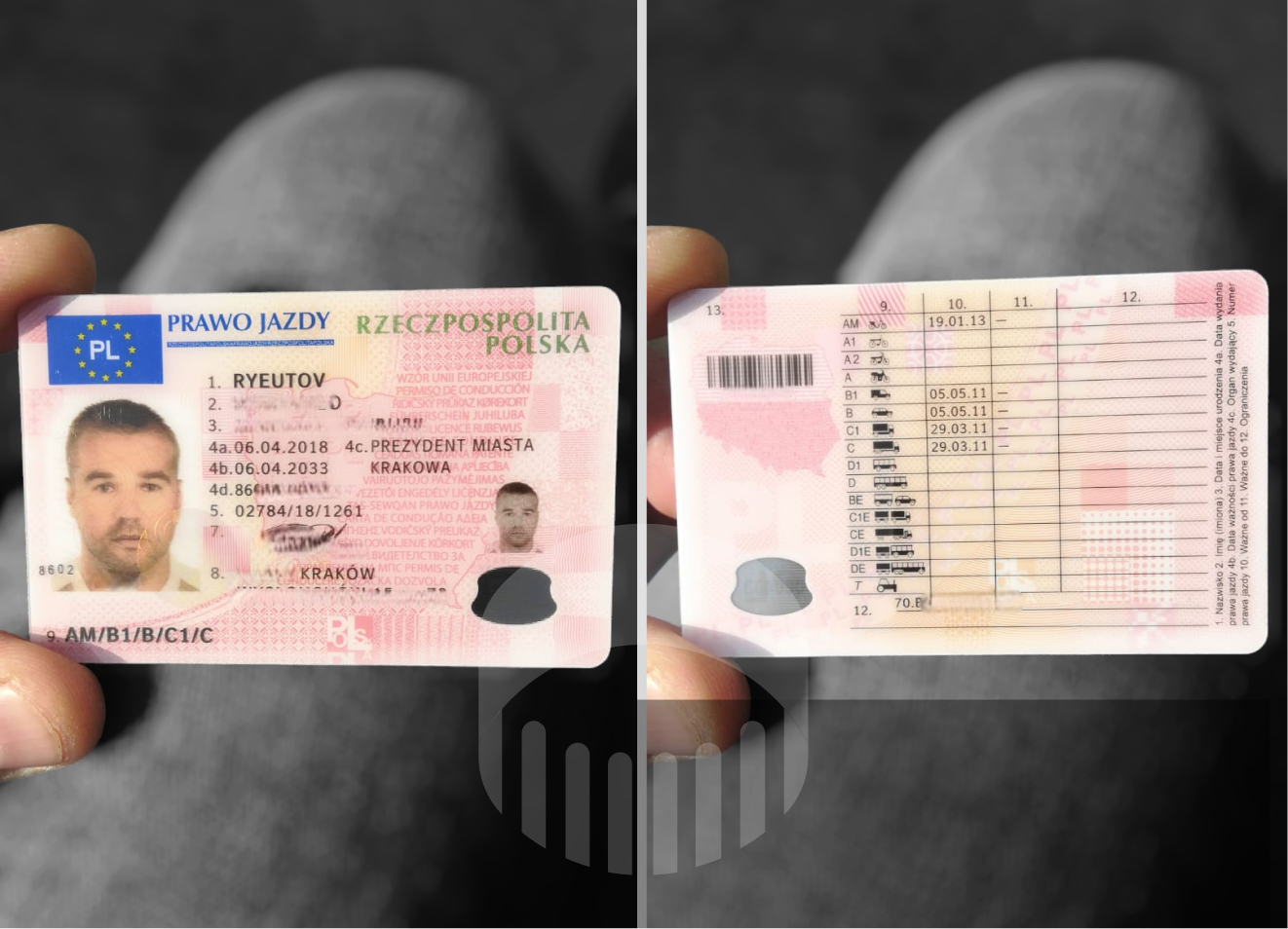What Freud Can Teach Us About Driving License Exam
Understanding the Driving License Exam: A Comprehensive Guide
The driving license examination is an essential stepping stone for those seeking to protect their self-reliance, facilitate travel, and participate in numerous aspects of modern life. It not only functions as a legal requirement but also makes sure that individuals are equipped with the required abilities to operate a vehicle securely. This post looks into the structure, requirements, preparation methods, and typical FAQs relating to the driving license test, providing a detailed understanding of what striving chauffeurs can expect.
Structure of the Driving License Exam
The driving license examination typically includes 2 main elements: the written test and the useful driving test.
1. Composed Test
The composed element examines a prospect's understanding of roadway rules, traffic signs, and safe driving practices. It frequently includes multiple-choice questions and true/false concerns, covering topics such as:
- Road indications and their significances
- Traffic laws and guidelines
- Safe driving techniques
- Procedures for managing emergency situations
- Rights and responsibilities of motorists
Prospects are usually required to study the local motorist's manual, which details the relevant laws and standards for safe driving.
2. Practical Driving Test
Following a successful written exam, prospects need to finish a practical driving test. This hands-on examination determines a candidate's capability to operate a car and follow traffic guidelines in real-world conditions. Secret elements of the dry run consist of:
- Vehicle control and dealing with
- Obeying traffic signals and indications
- Browsing crossways and turns
- Appropriate usage of mirrors and signal lights
- Parking methods (parallel, perpendicular, etc)
- Responding to pedestrian and cyclist presence
Both elements are crucial for acquiring a driving license, and appropriate preparation is vital for success.
Requirements to Take the Driving License Exam
Requirements for taking the driving license test differ by jurisdiction, but there are typical requirements that the majority of candidates should satisfy:
- Age Requirement: Most jurisdictions require prospects to be at least 16 years old, although some might permit earlier testing with parental permission.
- Learner's Permit: Many regions require candidates to obtain a learner's permit before taking the driving exam. This authorization allows people to practice driving under adult guidance.
- Paperwork: Candidates must provide valid recognition, evidence of residency, and, in some cases, documents of finished motorist education courses.
- Practice Hours: Some jurisdictions mandate a minimum variety of practice hours behind the wheel before being qualified for the driving test.
Getting ready for the Driving License Exam
Preparation is crucial to passing the driving license test. Here are a number of methods prospects can utilize:
1. Study the Driver's Manual
- Thorough Review: Candidates should study their local driver's manual vigilantly considering that it includes critical information needed for the composed examination.
- Practice Tests: Numerous online resources offer practice tests that simulate the written examination format. Completing these can help improve confidence and understanding retention.
2. Practice Driving Skills
- On-the-Road Practice: Driving under the supervision of an experienced licensed driver is vital. Prospects ought to practice different driving maneuvers, consisting of parking, lane changes, and emergency stops.
- Mock Driving Tests: Conducting mock driving tests can be helpful. Household members or friends can assess the prospect's efficiency and supply feedback.
3. Take a Driver Education Course
- Professional Instruction: Many candidates choose to enlist in motorist education courses led by licensed instructors. prawo jazdy na kategorię b supply valuable insights into traffic laws and safe driving practices, and typically include both classroom and behind-the-wheel training.
- Comprehending Vehicle Mechanics: Familiarization with automobile controls, upkeep, and security features can improve confidence during the practical test.
Typical FAQs about the Driving License Exam
Q: What should I induce the day of the examination?
A: Candidates need to bring legitimate identification, their learner's authorization, any needed documentation (like proof of residency), and an effectively kept vehicle that fulfills all safety requirements.
Q: How do I understand if I passed my driving test?
A: After completing the useful driving test, the examiner will usually provide immediate feedback. If you pass, you will receive info on how to acquire your driver's license. If you fail, the inspector will offer insights on locations requiring enhancement and how to retest.
Q: How often can I retake the driving test if I stop working?
A: The retake policy varies by area. Some areas might permit prospects to retake the exam as quickly as the following day, while others may enforce a waiting duration of several weeks. It is essential to consult the local Department of Motor Vehicles (DMV) or comparable authority for particular policies.
Q: Can I take the driving test in a various vehicle than the one used for practice?
A: Yes, candidates can take the test in a various vehicle; nevertheless, the lorry should satisfy safety and operational standards. It is suggested to acquaint oneself with the different controls of the brand-new car prior to the exam.
Q: Are there accommodations for people with disabilities during the driving examination?
A: Most jurisdictions supply accommodations for individuals with specials needs. It is suggested to contact the local DMV or equivalent authority in advance to discuss particular needs and available accommodations.
The driving license test is an essential minute for numerous ambitious chauffeurs. With its 2 primary parts— the composed test and practical driving evaluation— it examines both theoretical knowledge and used driving abilities. Comprehending the structure, requirements, and preparation strategies can help prospects approach the test with confidence. By adhering to standards and practicing diligently, individuals can transition efficiently from students to certified drivers, enjoying the flexibility that features driving.
